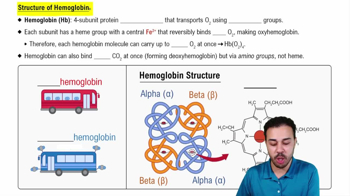Which of the following is not a formed element of blood?
a. Erythrocyte
b. Leukocyte
c. Mast cell
d. Platelet
 Verified step by step guidance
Verified step by step guidance Verified video answer for a similar problem:
Verified video answer for a similar problem:



 6:11m
6:11mMaster Functions of Blood with a bite sized video explanation from Bruce Bryan
Start learning